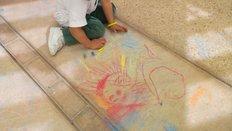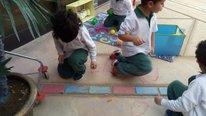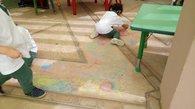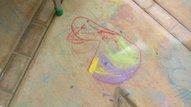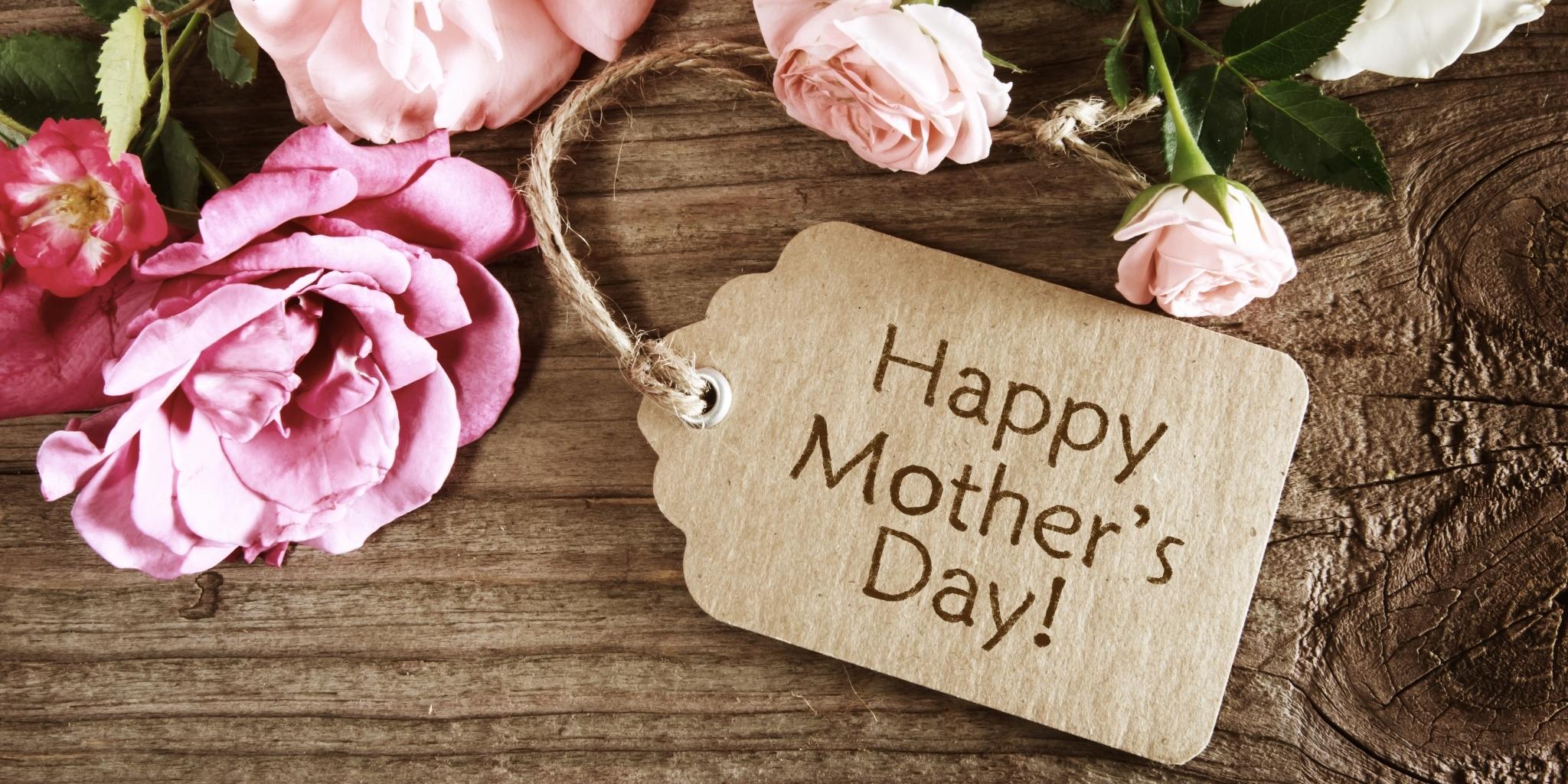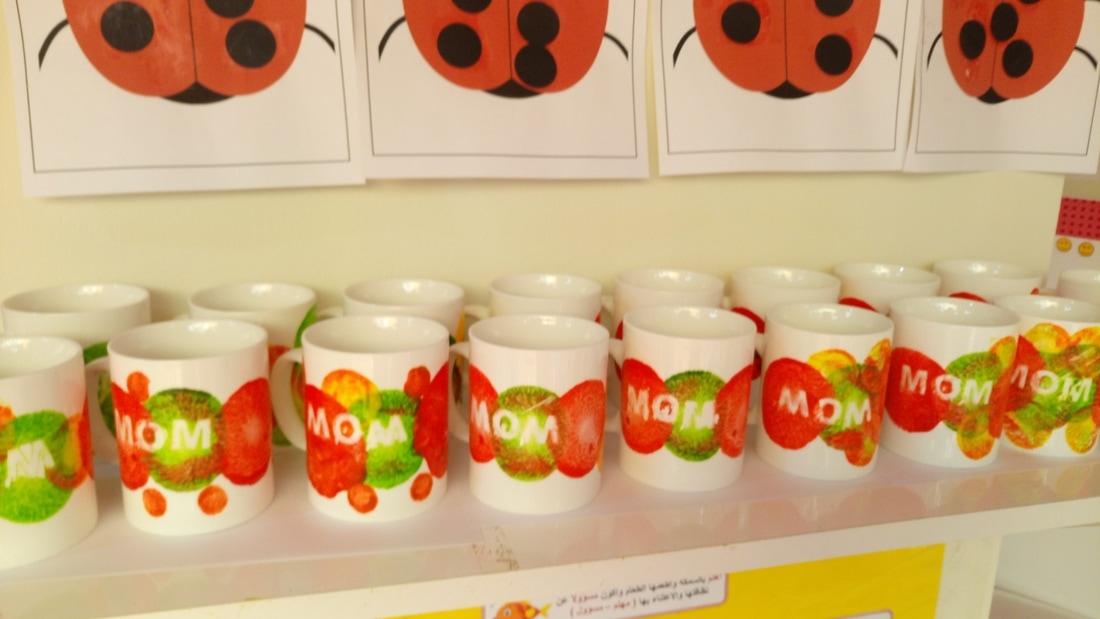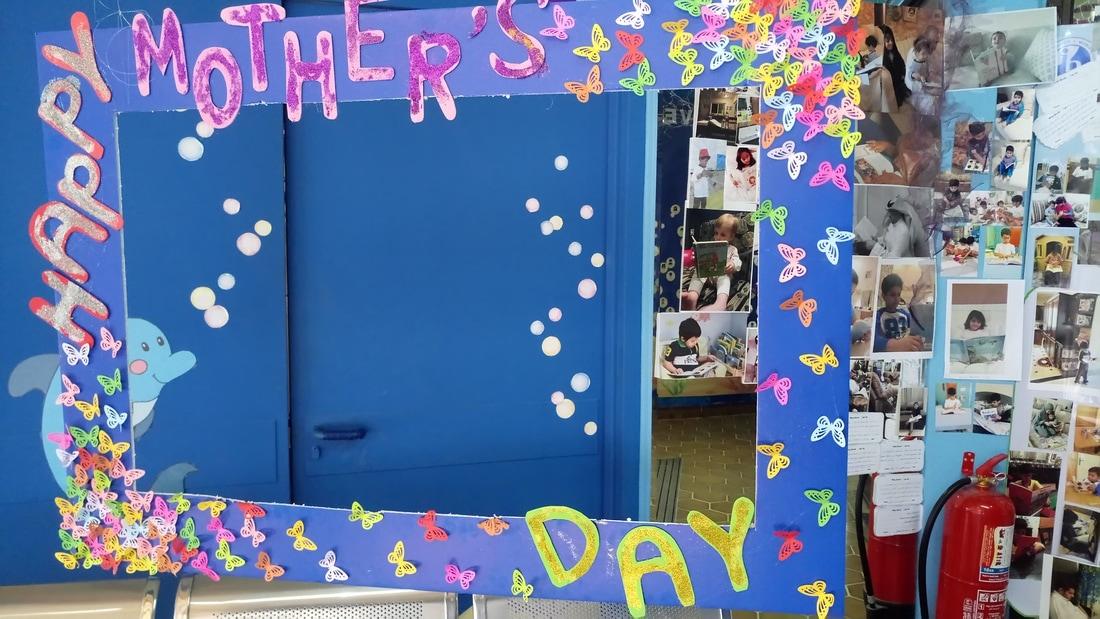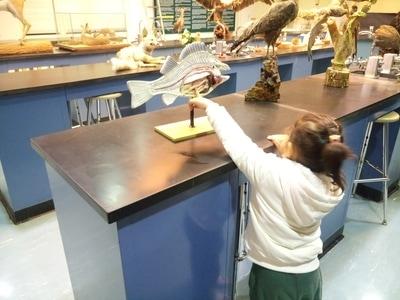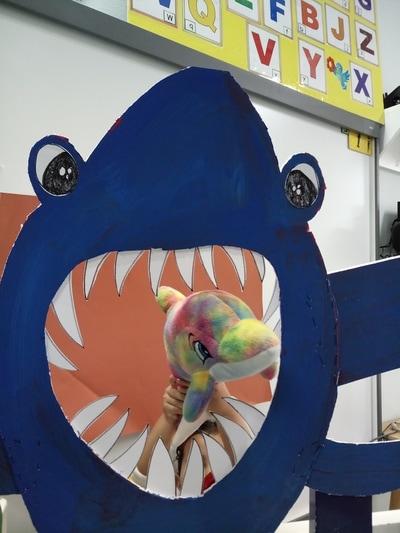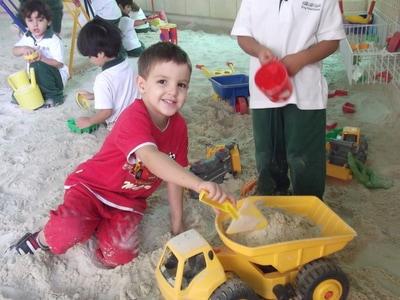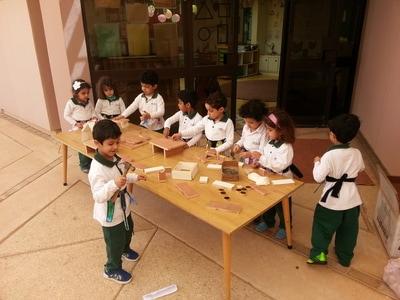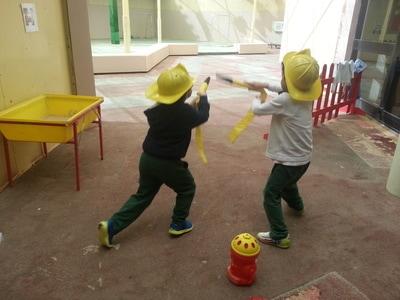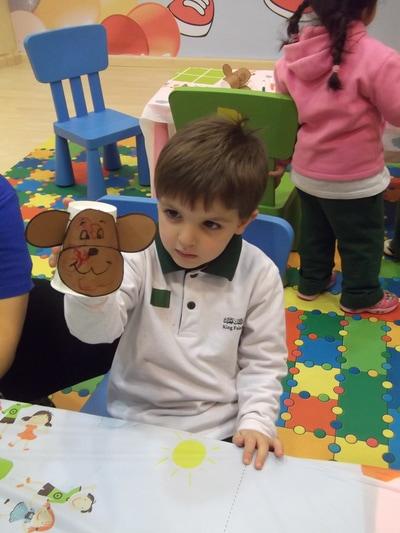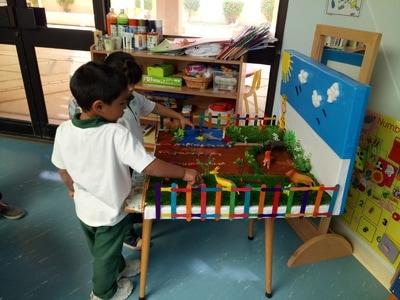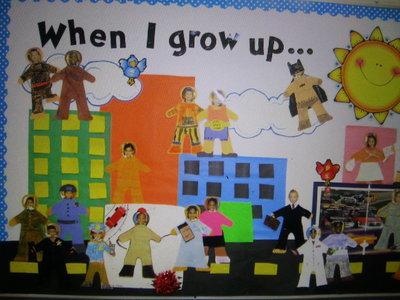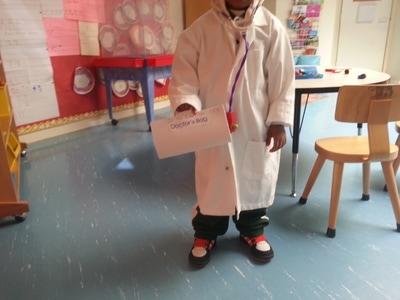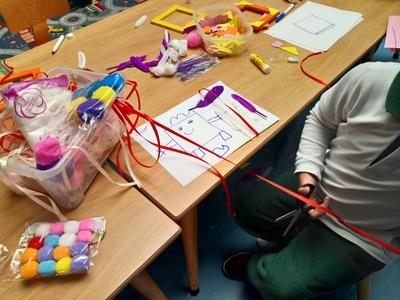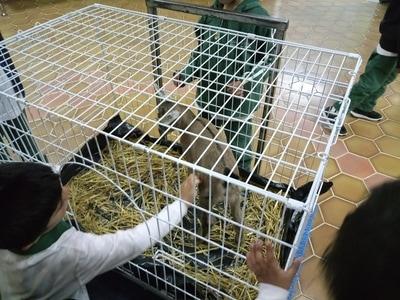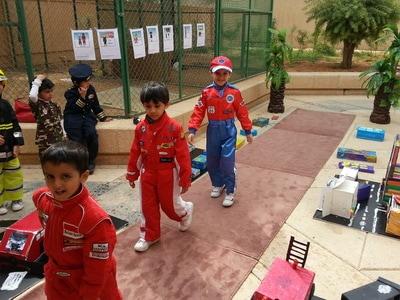Where the Heart Is ….
Amel … a child psychologist, interested in child development. A previous kindergarten teacher, a masters degree holder from (UCL) University College London, and current PhD student at the University of Reading. Blogger, writer, wife and mother; As a life-long learner; looking to transform life into learning moments/interactions with one creative idea at a time!
Early childhood is one of my interests and discovering the wonderful inner world of the children’s mind is my passion…
( Amel Abada )
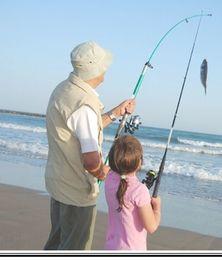
''Once you stop learning, you start dying ...''
(Albert Einstein)
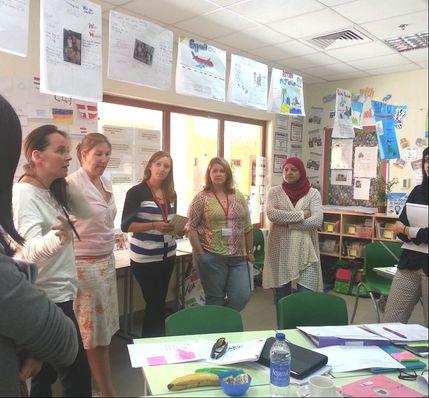
Learning is a lifelong quest, creating life-long learners requires creating curiosity, Clay P. Bedford noted that:" you can teach a student a lesson for a day; but if you can teach him to learn by creating curiosity, he will continue the learning process as long as he lives.'' Learning is not confined to childhood or the classroom, but takes place throughout life and in a range of situations.
It is that, we all came here for the same reason, we share something, we have similar vision, similar values and similar beliefs, that’s the reason why we showed up in the same place at the same time from different areas all over the world. We don’t know each other … yet … we know something about each other. This is important, because the very survival of the human being depends on our ability to surround ourselves with people who ….Share something with us … people who are curious at the same level as we are, people who believe in themselves more than anything else, people who value the worth of education and learning above any other worth, people who are lifelong learners.
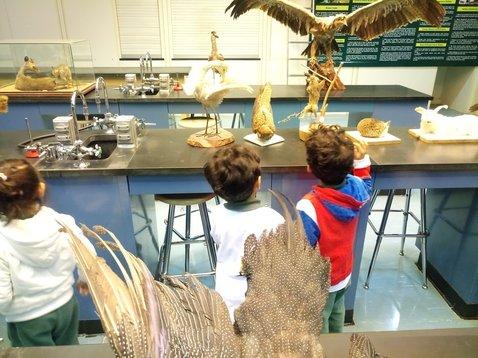
''Children are the engines behind their own development. They do not wait passively to be urged to engage... nor do they conservatively avoid new experiences. To the contrary, children create much of their own stimulation by observing and actively experimenting as they play and go through their daily lives" (ETFO, 2010c, p. 34). Children possess a natural curiosity about their surroundings.''
Inquiry-based learning provides an abundance of benefits for students and educators. Through inquiry, students begin to ask questions that lead to further exploration and investigation (ETFO, 2010b, p. 24). In contrast with “pre-packaged themes”, inquiry-based learning allows for more natural, genuine and deep learning to take place (ETFO, 2010, p. 24). Students are able to engage in richer thinking, as they can apply their previous experiences and use their strengths in the context of the new learning (ETFO, 2010, p. 12). Educators can use inquiry-based learning to build on their student’s innate desire for exploration (ETFO, 2010b p. 25).
The joy of learning ...
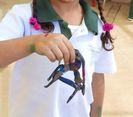
Playdough creations
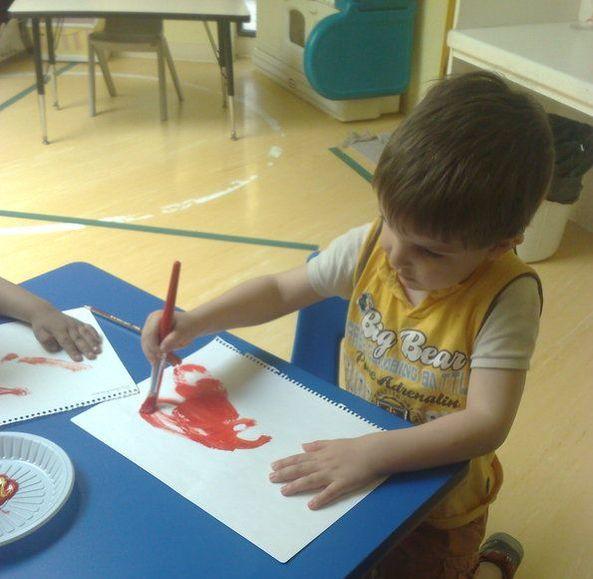
Art
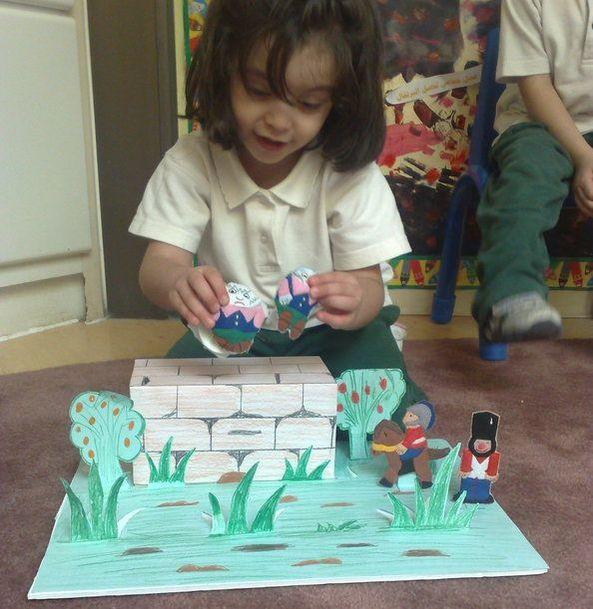
Imagination
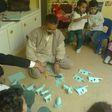
Japanese art
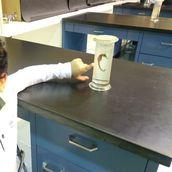
Inquiry
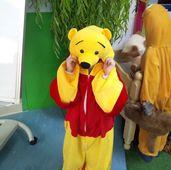
Enthusiasm
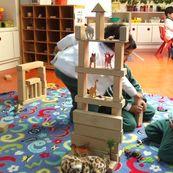
Blocks art
learning environment
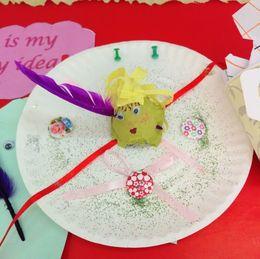
This is my crazy idea
How the thinking process develops?
Professor Charles Fernyhough (Professor of Psychology at Durham University, UK), conducts research in inner speech, child’s thinking process development and children’s developing mind, defines the thinking process as: ‘’inner speech’’ which is conscious and active.
It is the kind of cognitive process that can make new connections and create meaning. It is dialogic: it has the quality of an internal conversation between different perspectives.
The language that forms inner speech has all of its acoustic properties stripped away, losing the qualities of tone, accent, timbre (link is external) and pitch that distinguish spoken language. ‘’Vygotsky’’ referred to this stage of internal language as ‘'thinking in pure meanings'’.
We can clearly see some aspects of this process in action in children's private speech, which can be seen to undergo the same transformational processes as it gradually becomes internalized, and then it reaches the stage of being expressed out in a form of ideas.
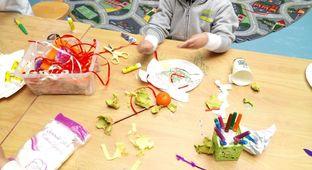
Kindergarten learning environment
Go for your thoughts
Idea’s connection find the invention …
The children’s brain that has been stimulated by a particular way of thinking process is showing the most of its ability.
Many inventors come up with their ideas through a detailed and long thought process that is structured and iterative. They think, and try, improve and redo, again and again until the right idea takes shape and form in their head.
New invention ideas are not created only by those with special gifts, they do not just present themselves to people figuratively, they need a well structured an a deep thinking process.
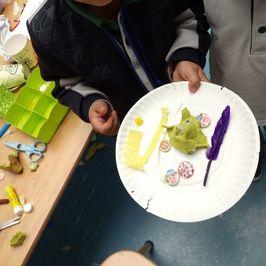
creativity cannot be taught
What is creative thinking?
Many people believe that creative thinking is just coming up with new ideas. They think that divergent thinking, or most known ‘’outbox thinking’’ is the same as creative thinking. But what I figured out is that the unique ideas from outbox thinking must be streamlined with realistic evaluation using critical thinking , zooming in again, to choose and/or improve the best idea(s) among the generated unique ideas.
Creative thinking needs usefulness in addition to uniqueness of outbox thinking. In fact, creative thinking requires inbox, outbox, and new box (ION) thinking skills to achieve innovation.
”My idea is in my heart …”
What do you do with an idea? project:
” improving children’s thinking process…”
“If you are possessed by an idea, you find it expressed everywhere, you even smell it.”
(Thomas Mann)
Based on this story, young students were involved in a project called ‘’What do you do with an idea?’’ this project helps the children to gain a deep understanding about their thinking process and get connected more to the world through their own ideas.
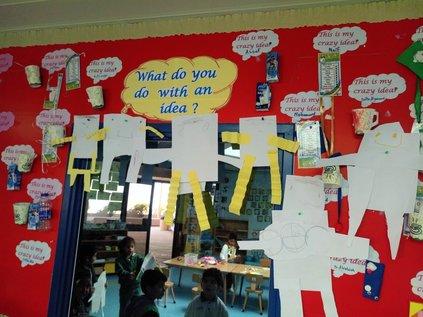
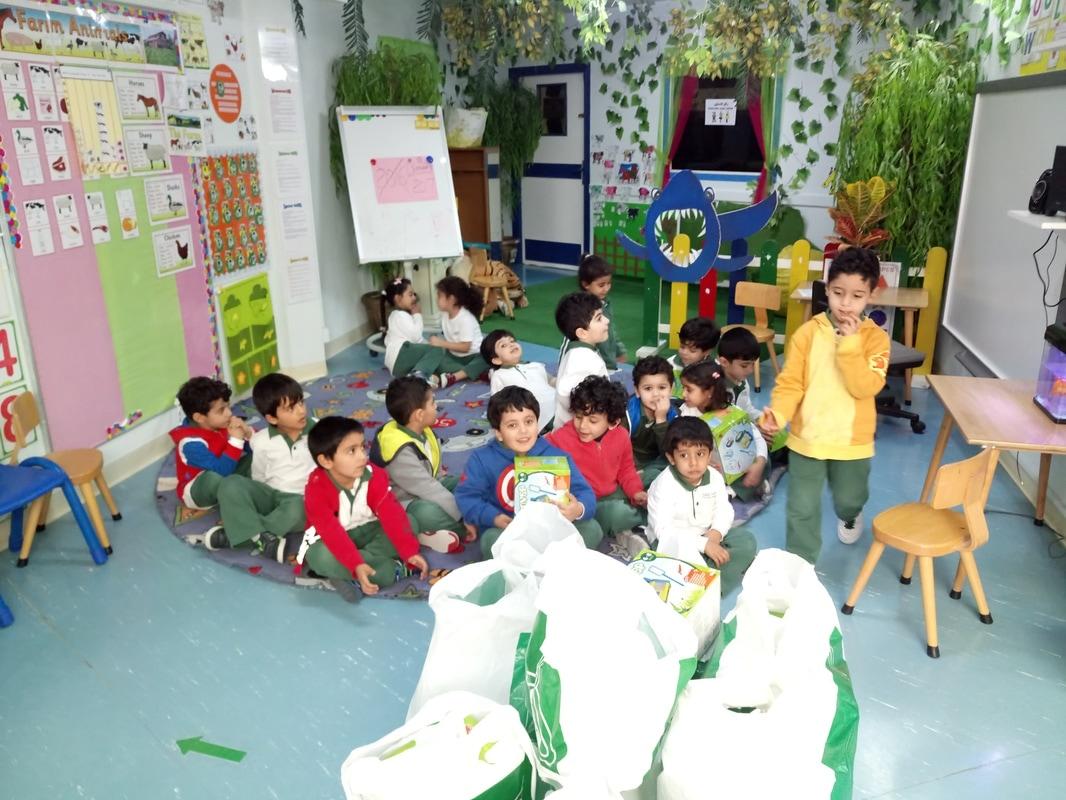
Where do you think the idea is situated?
Was a question looking for an answer in the minds of some children at the age of 4, they are only at KG2 level.
It was thrilling listening to their answers, I loved watching them in that incredibly meaningful situation where their eyes were moving every where and their minds were traveling as far as they could trying to find the answer. Some suddenly said: my idea is in my eyes, they were right, I could see it. Some of them said: no the idea is always in the mind, in the head, in the brain.
And one said; my idea is here, in my heart. That was extremely important, if your idea doesn’t grow in your heart won’t grow anywhere else, and if it doesn’t come from your heart it won’t reach any one and anywhere in this world.
”It is not about ideas, it is all about making ideas happen. Even at the age of 4 the human being can discover the power of the innate and spontanious inteligence of his incredible brain”.
( Amel Abada)
Learning in nature
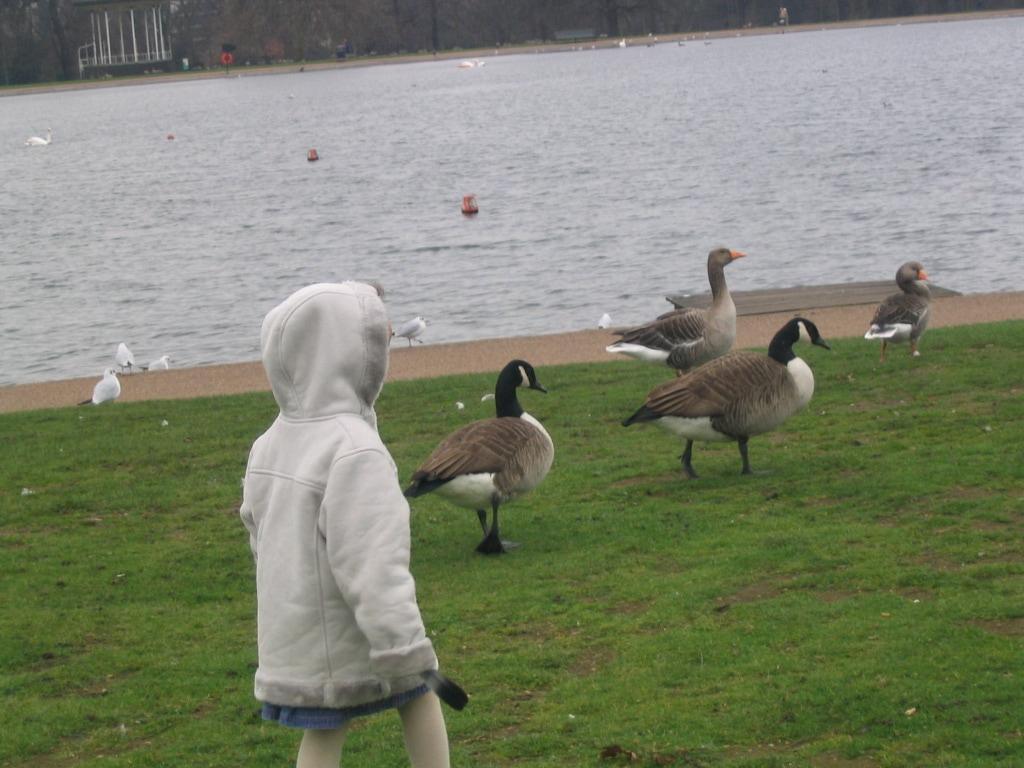
Riverside inquiry, Henley, UK

Zoo inquiry
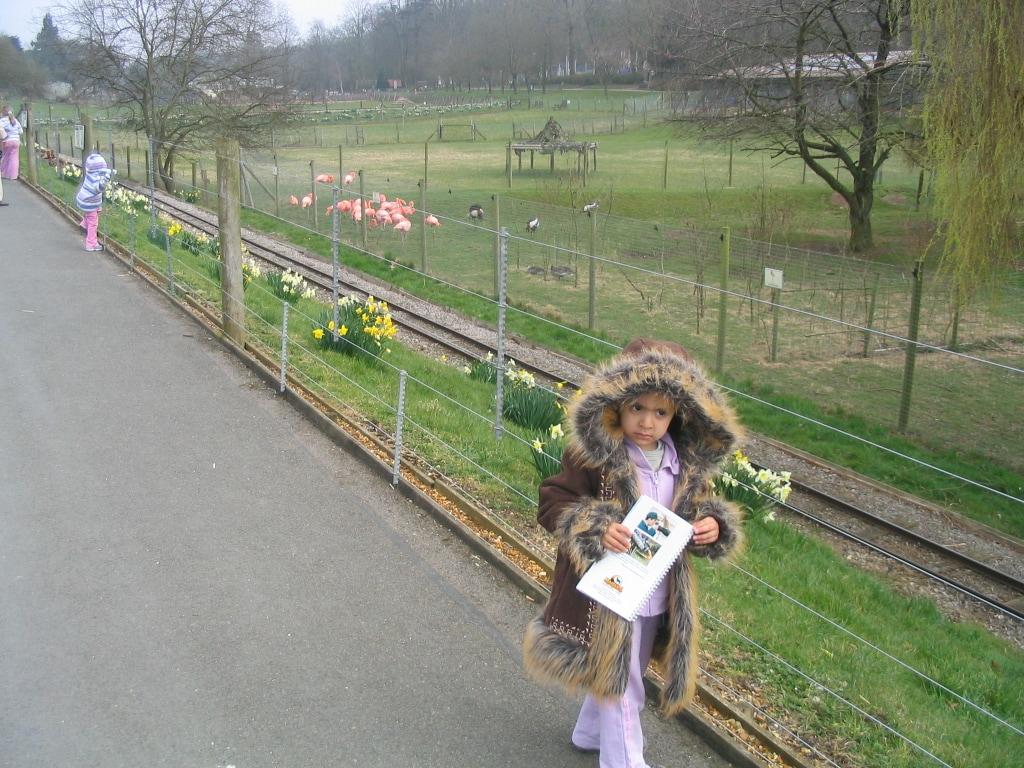
Marwell Zoo, Lodon
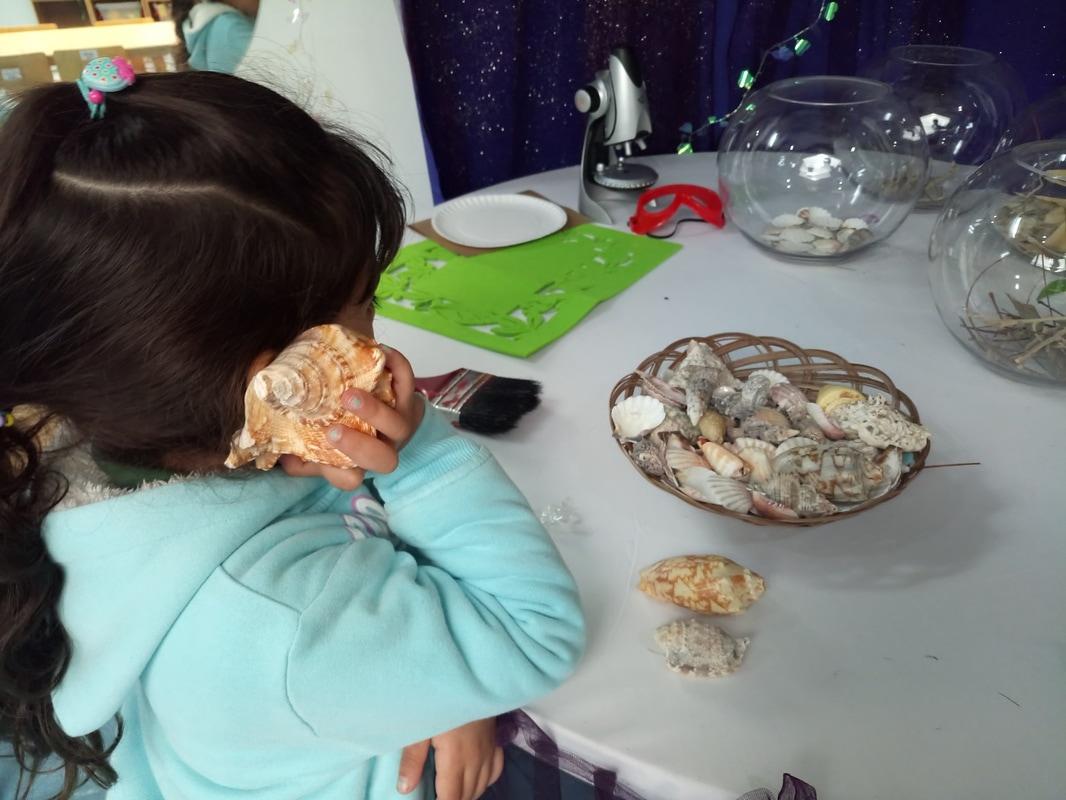
shell inquiry
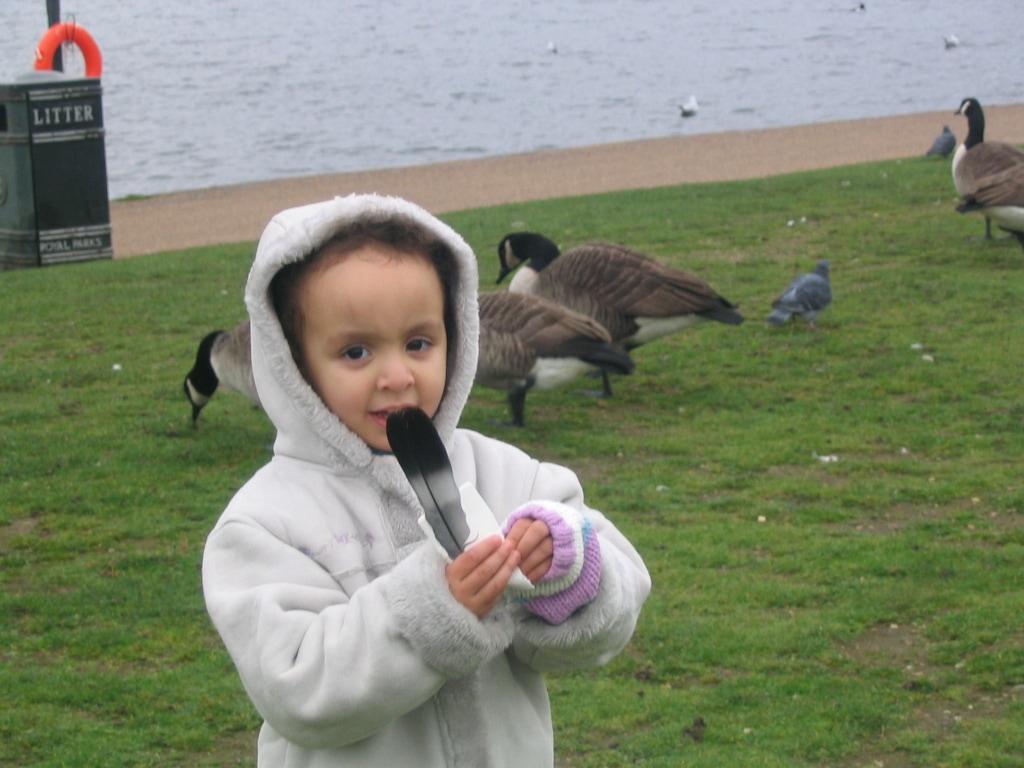
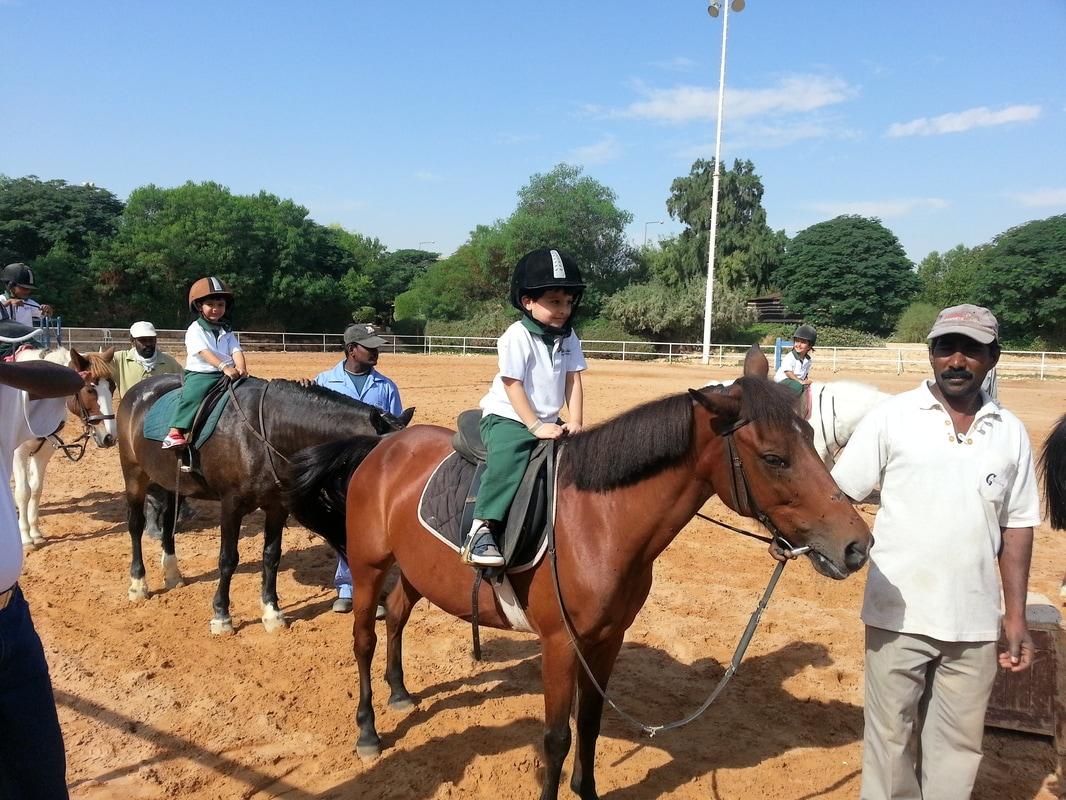
Risk taking, in horse riding
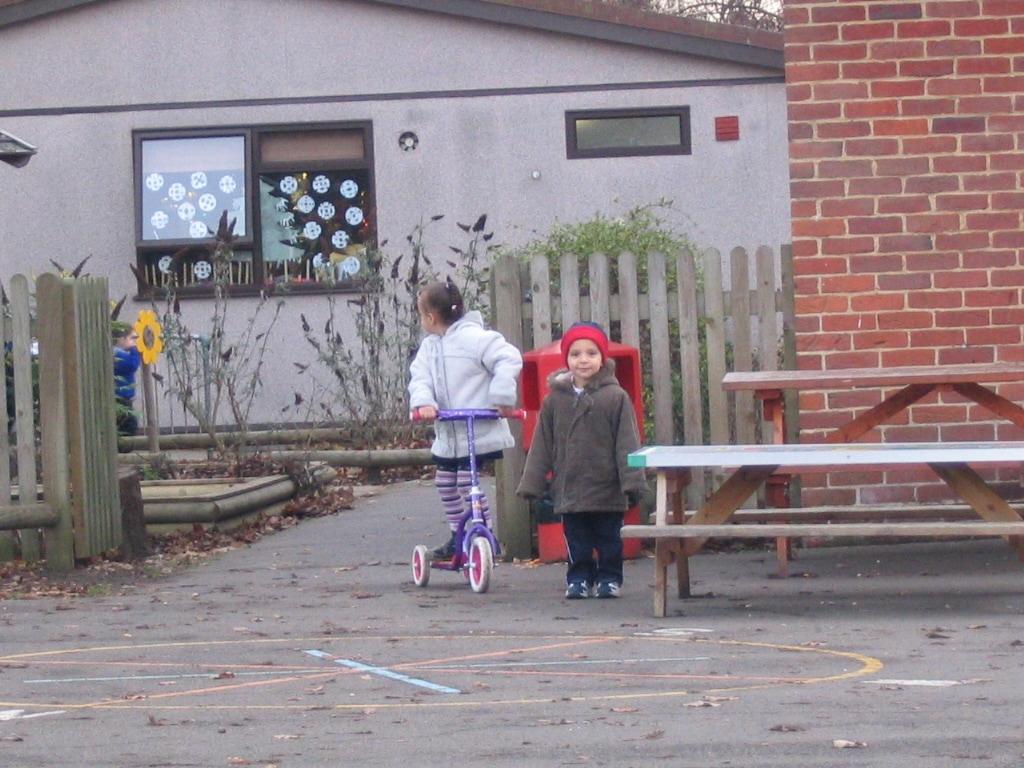
Mrs. Bland's school, UK
Education does not have to take place in
the classroom …
When the child’s life is full of sights, sounds, tastes, smells, textures, people, and places, he will learn. When he feels safe and loved he will learn. when parents begin to recover from their own ideas about what learning should look like (what they remember from school) they will begin a new life of natural learning, too.( Sandra Dodd)
Albert Einstein said: ” curiosity is a delicate little plant which, aside from stimulation stands mainly in need of freedom”.
By nature people are learning animals. Birds fly; fish swim; humans think and learn. therefore, we do not need to motivate children into learning by wheeling, bribing, or bullying. We do not need to keep picking away at their minds to make sure they are learning.
What we need to do -and all we need to do – is to give children as much help and guidance as they ask for, listen respectfully when they feel like.
get out of the way … we can trust them to do the rest. ( john Holt, How Children Learn).
Let us give the child a vision of the whole universe … the universe is an important reality, and an answer to all questions. we shall walk together on this path of life : for all things are a part of the universe, and are connected with each other to form one whole unity.
Given a chance , a child will bring the confusion of the world to the woods, wash it in the creek, and turn it over to see what lives on the unseen side of that confusion … In nature, child finds freedom, fantasy, and privacy; a place distant from the adult world, a separate peace.
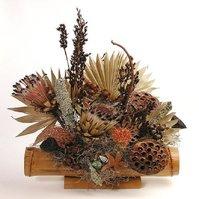
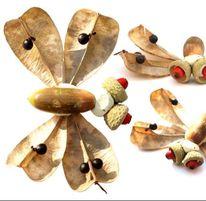
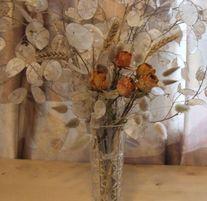
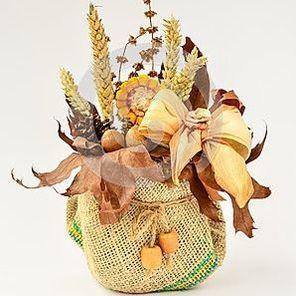
Learning in nature Gallery
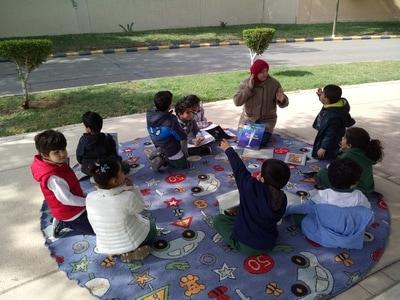
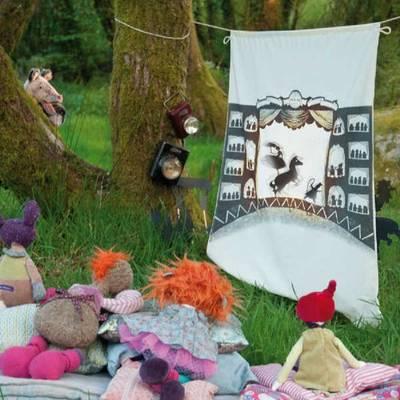
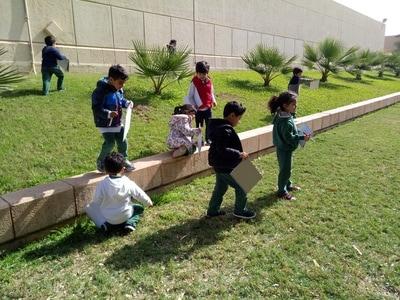
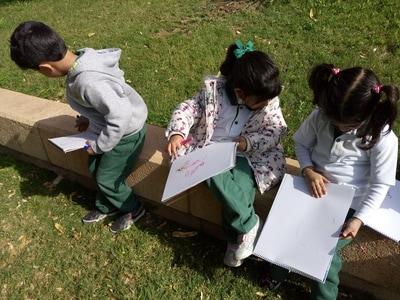
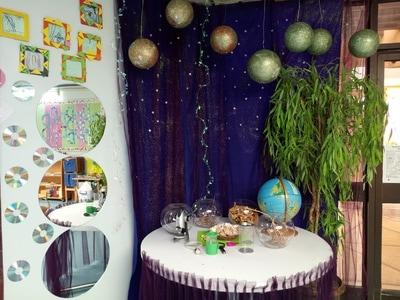

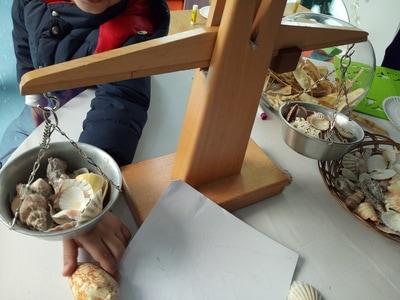
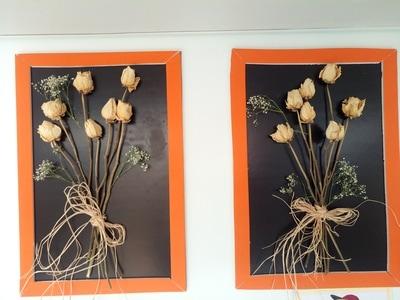


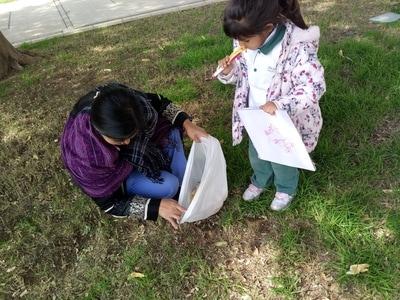
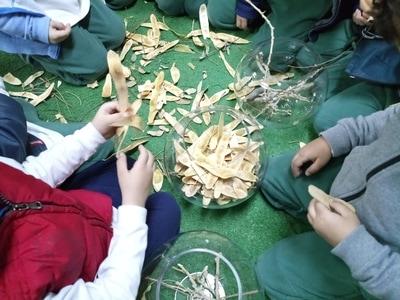
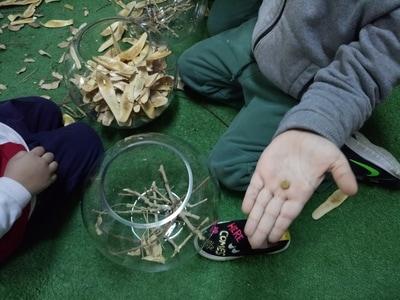
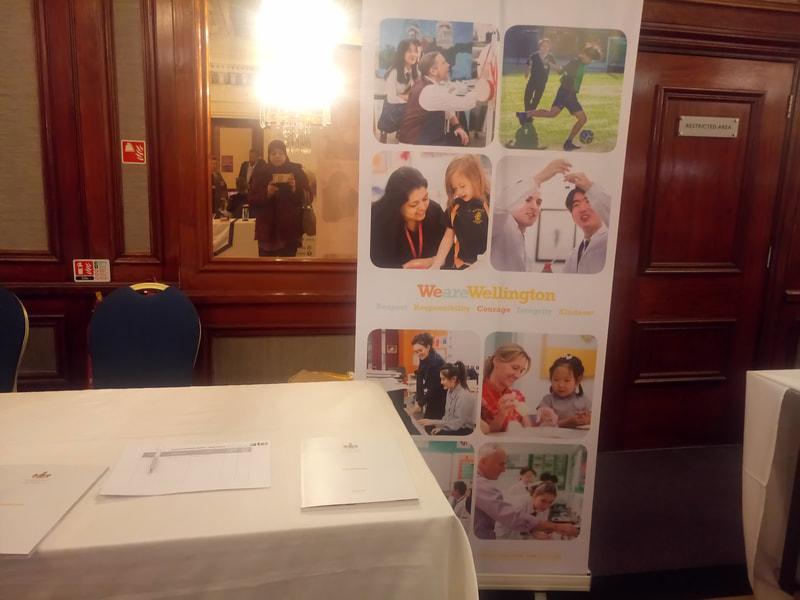
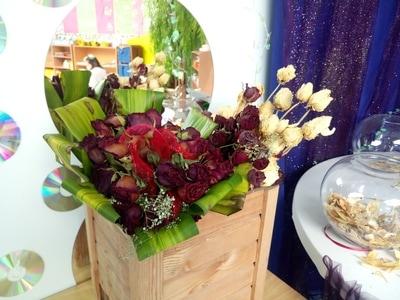
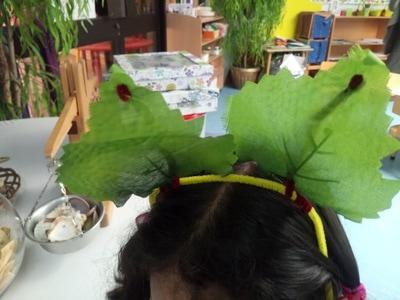
My book of nature
This meaningful interaction creates an open world in front of the children for the inquiry that allows them to learn more about that environment and the whole surrounding nature.
Using all their senses; the children get a full picture of the different lessons they can learn from the nature. They use their sense of sight to look at the grass, the trees, the birds, the colorful flowers and the insects. They use their sense of hearing to listen to the sound of water, the sound of trees and the sound of the birds, they will feel the cold air on their skin, they will even discover their shadows on the floor learning more about the importance of the sun in creating a shadow of their own body and the shadow of the trees and small plants.
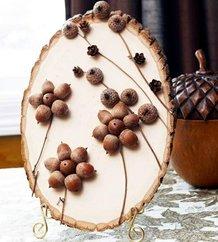
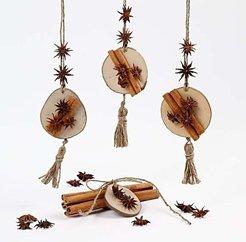
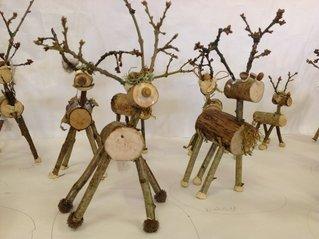
Early childhood
mind ….”
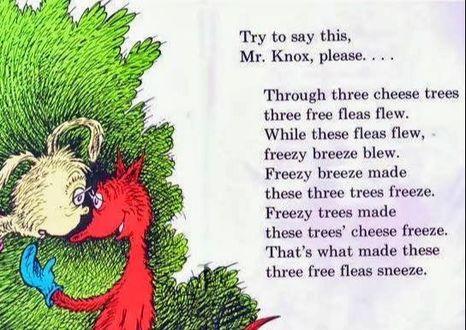
I once saw a poster that attracted my attention, it says:
''Children are such a nice way to start human beings'' .
The sentiment resonates for me. But, if I were to rewrite the poster, I would probably lean toward something like: Children are a cutting-edge start to human life . They arrive in the world with a built in capacity to explore, grow and develop.
Early childhood quotes
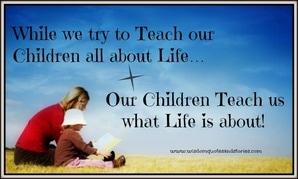
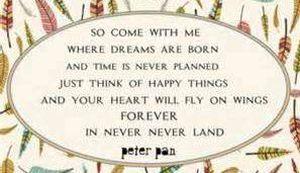

After finding a bat in the school play ground, one of the teachers triggered the children’s curiosity to find out more about the bats.
In the beginning the children were interested in this bat specifically, but when they started to know more about it, more questions occurred.
They started wondering, where the bats live?, what do they eat?, where do they find their food?, do they sleep?, how?, and when?, does baby but fly?
They googled lots of information with the teacher, they watched documentaries about bats, they found answers for all their questions. in the end … a knowledge gained.
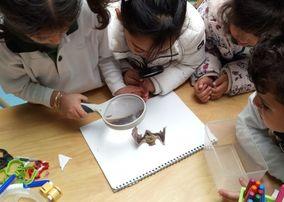
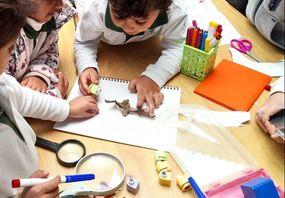
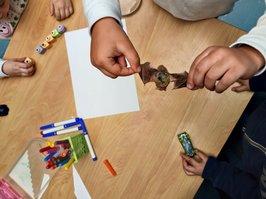
Designing learning opportunities like treasure hunts.
From the human nature perspective, we are still hunting and gathering, knowledge and information. As human beings, as curious creatures we will never stop gathering and collecting anything compels to us, searching for life hidden treasures and life secrets,…
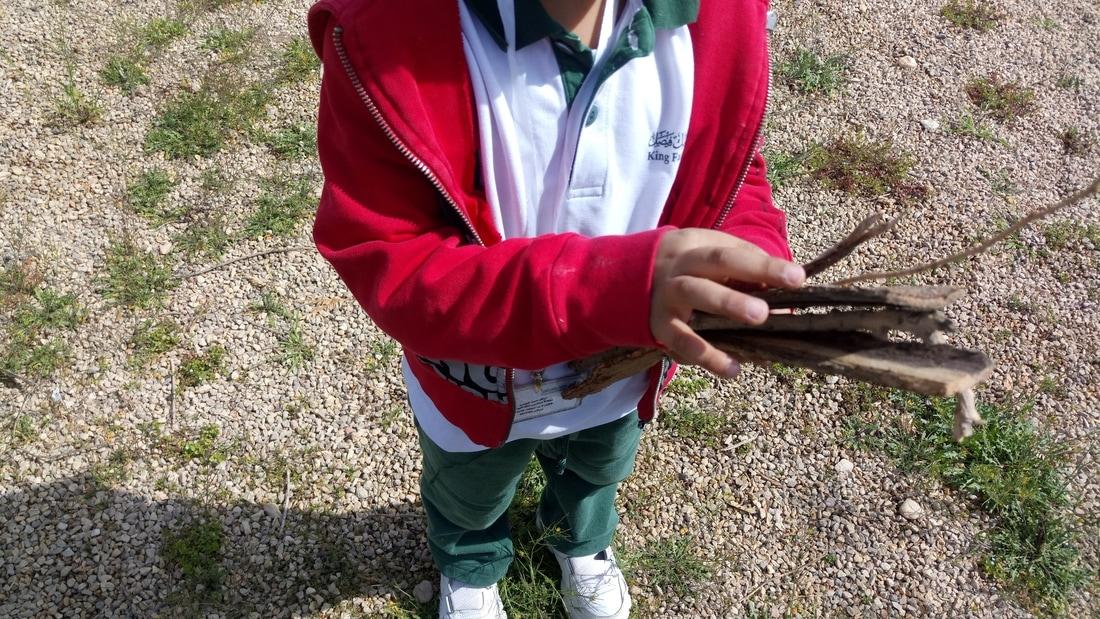
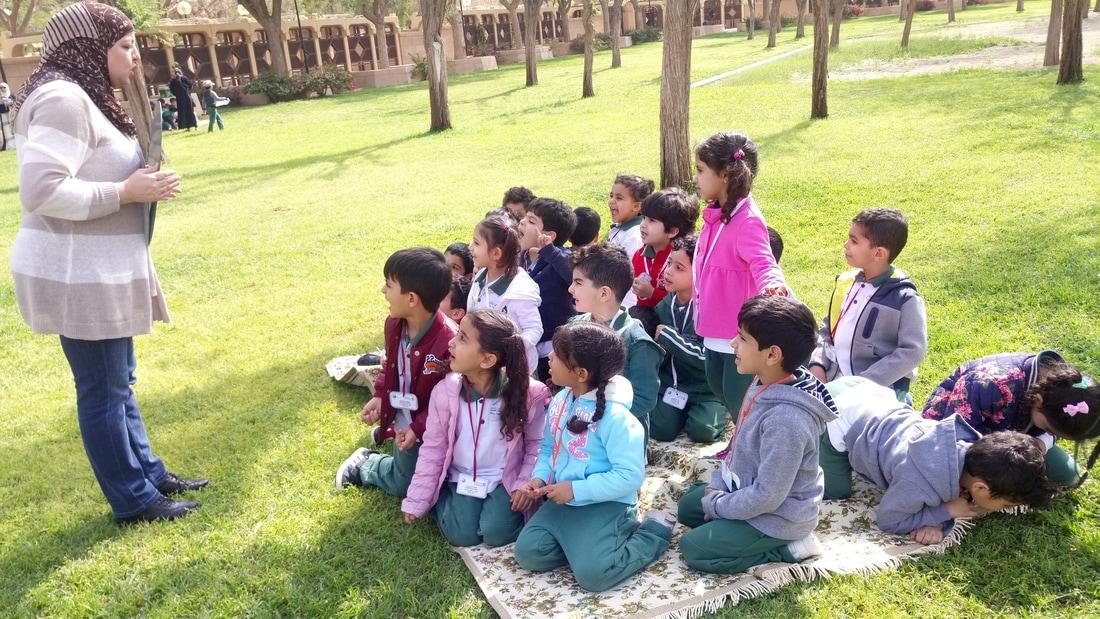
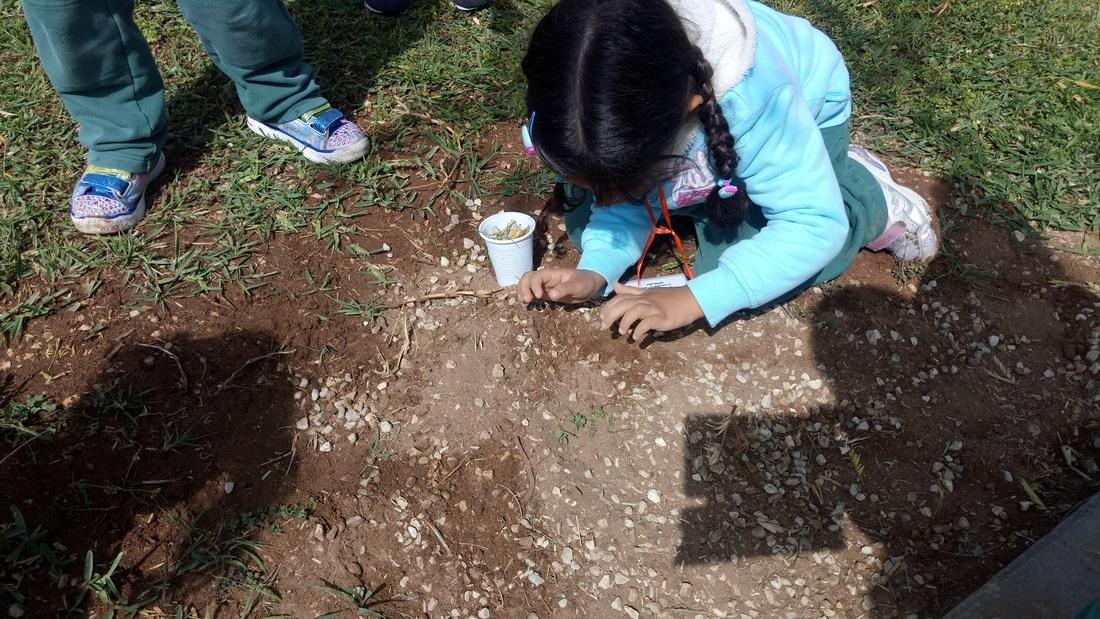
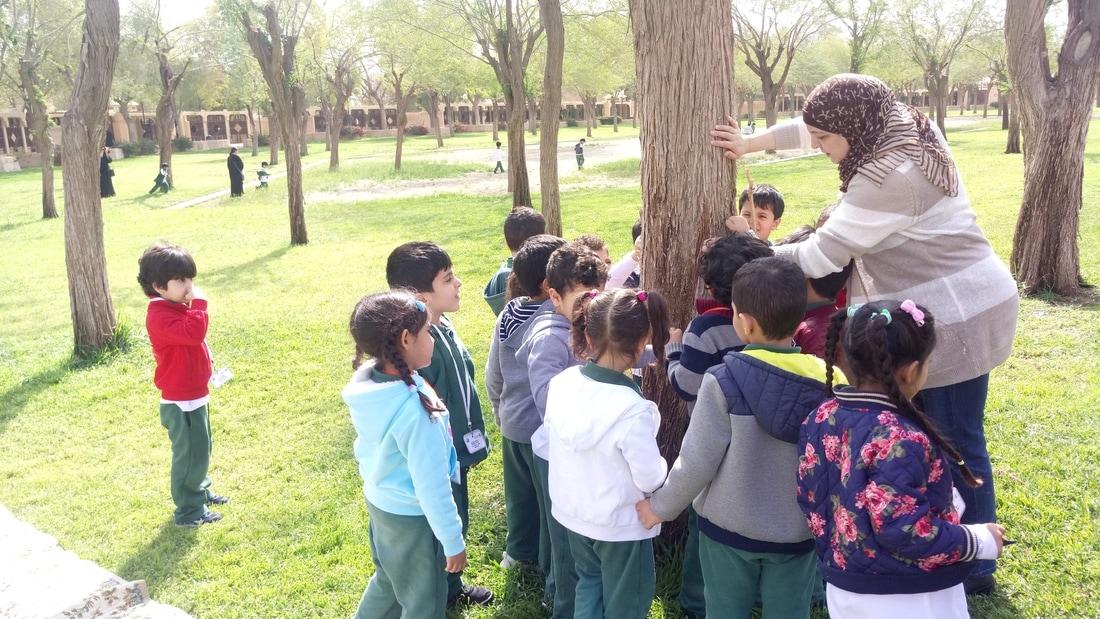
Through play children can develop
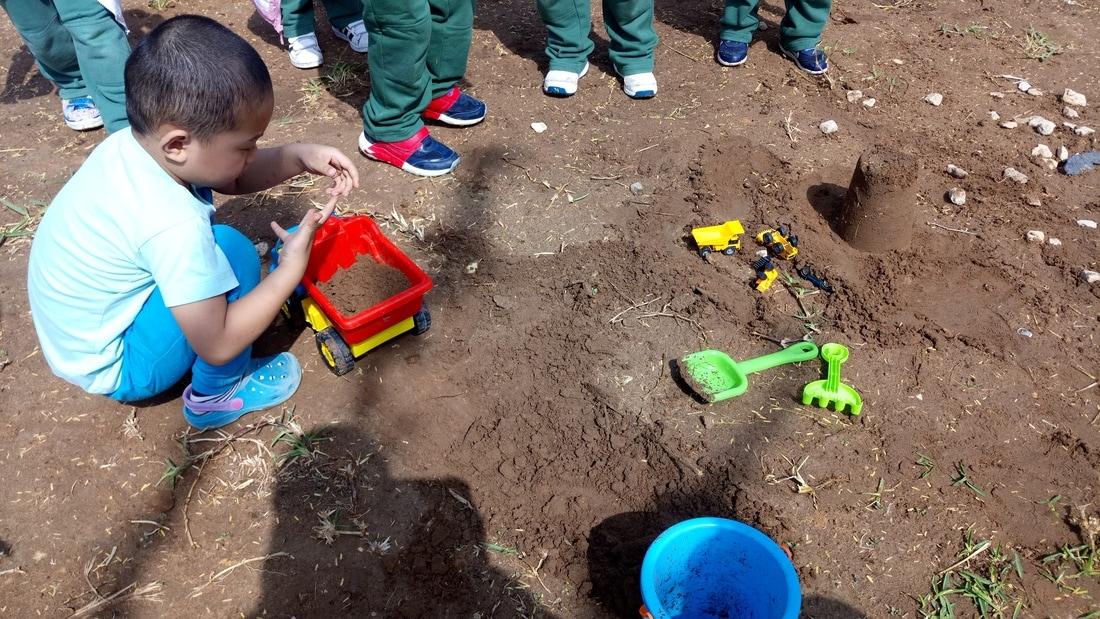
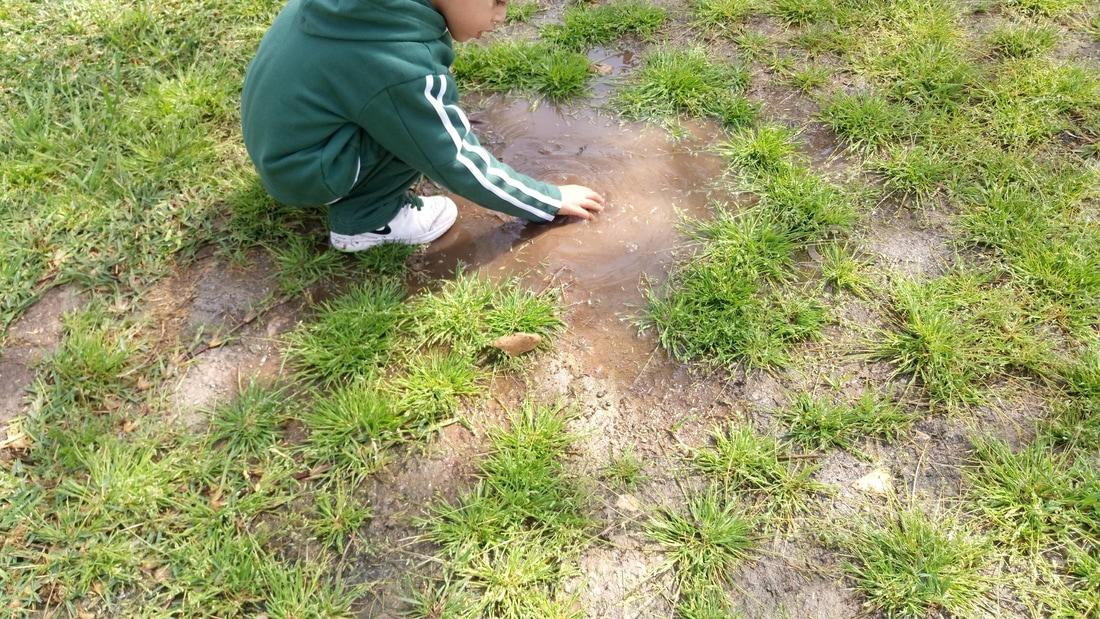
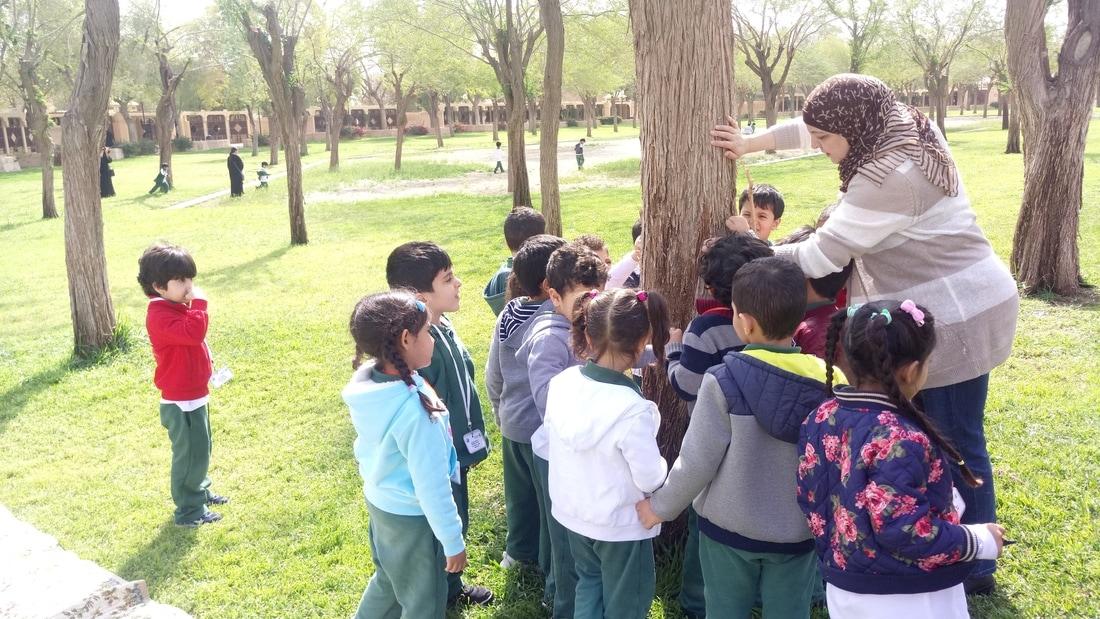
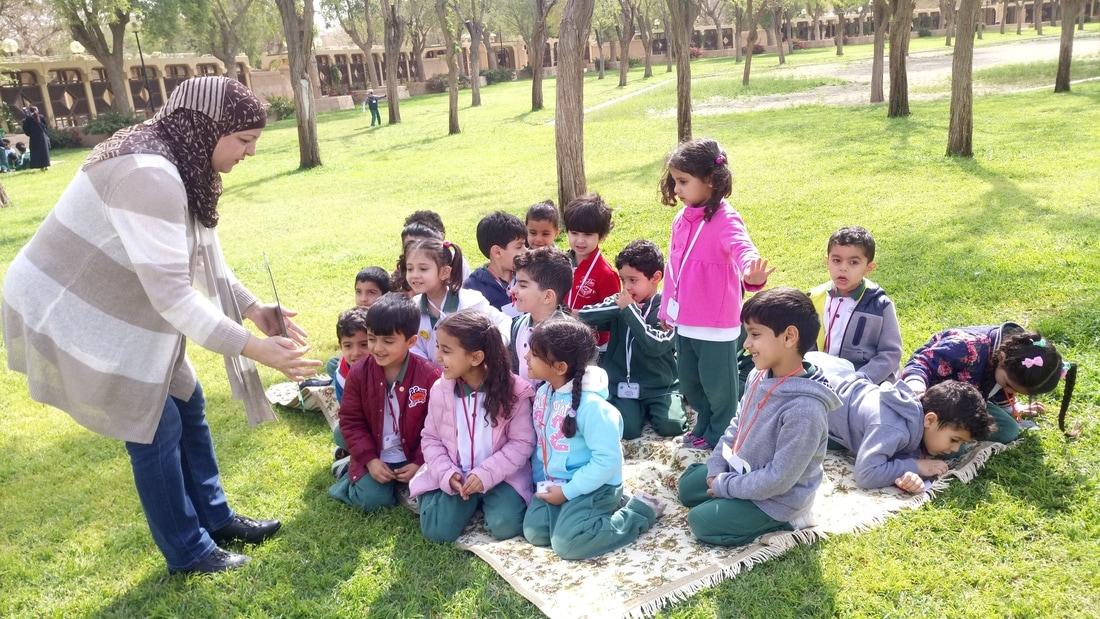
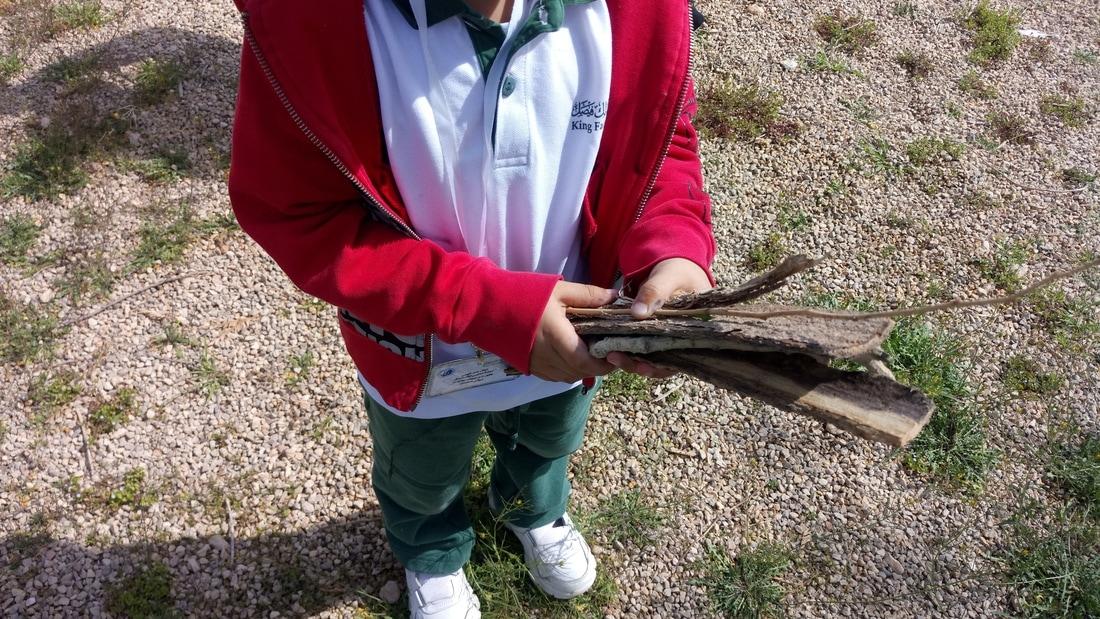
3D Floor art illusions
Chalk Floor art in kindergarten
